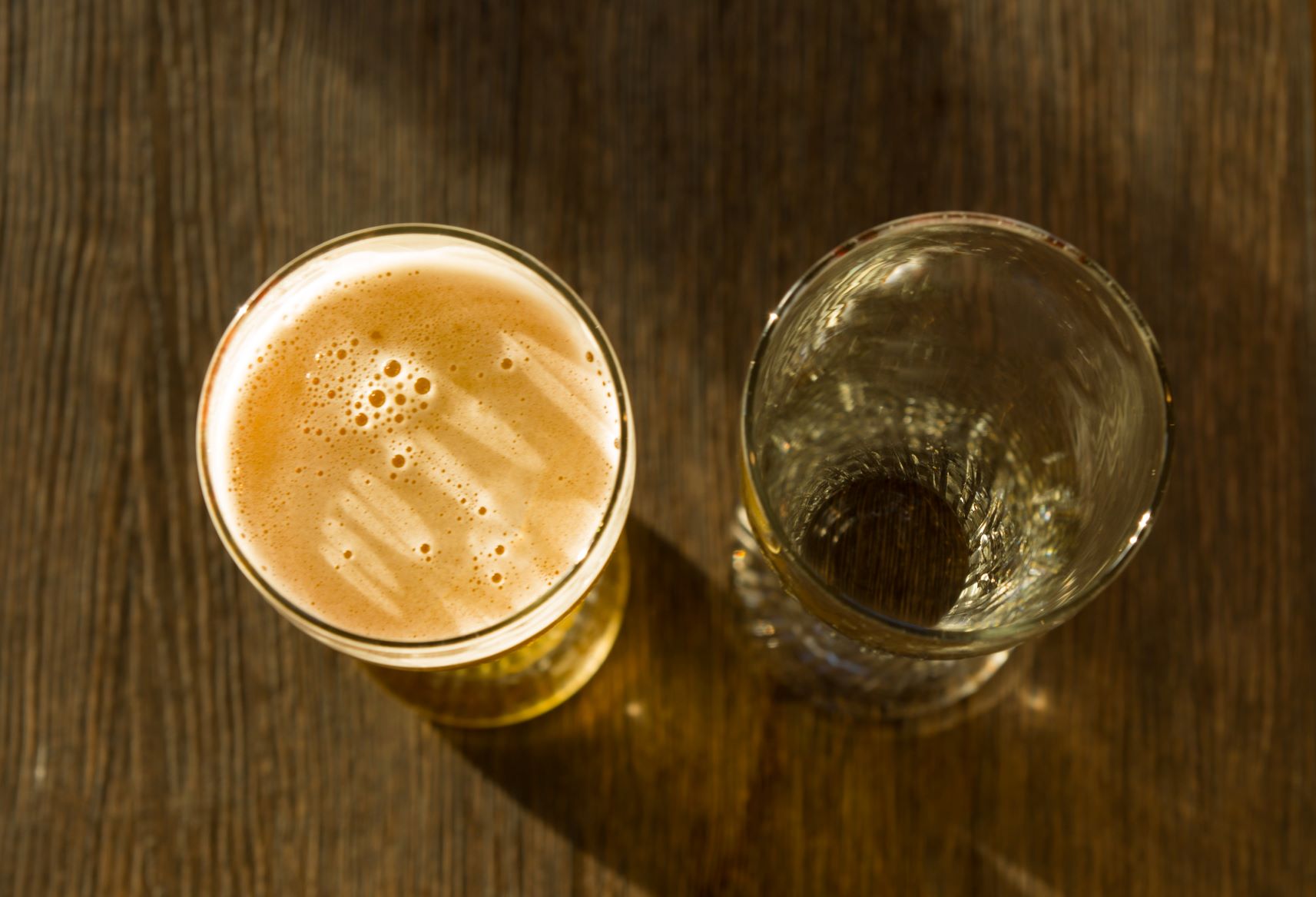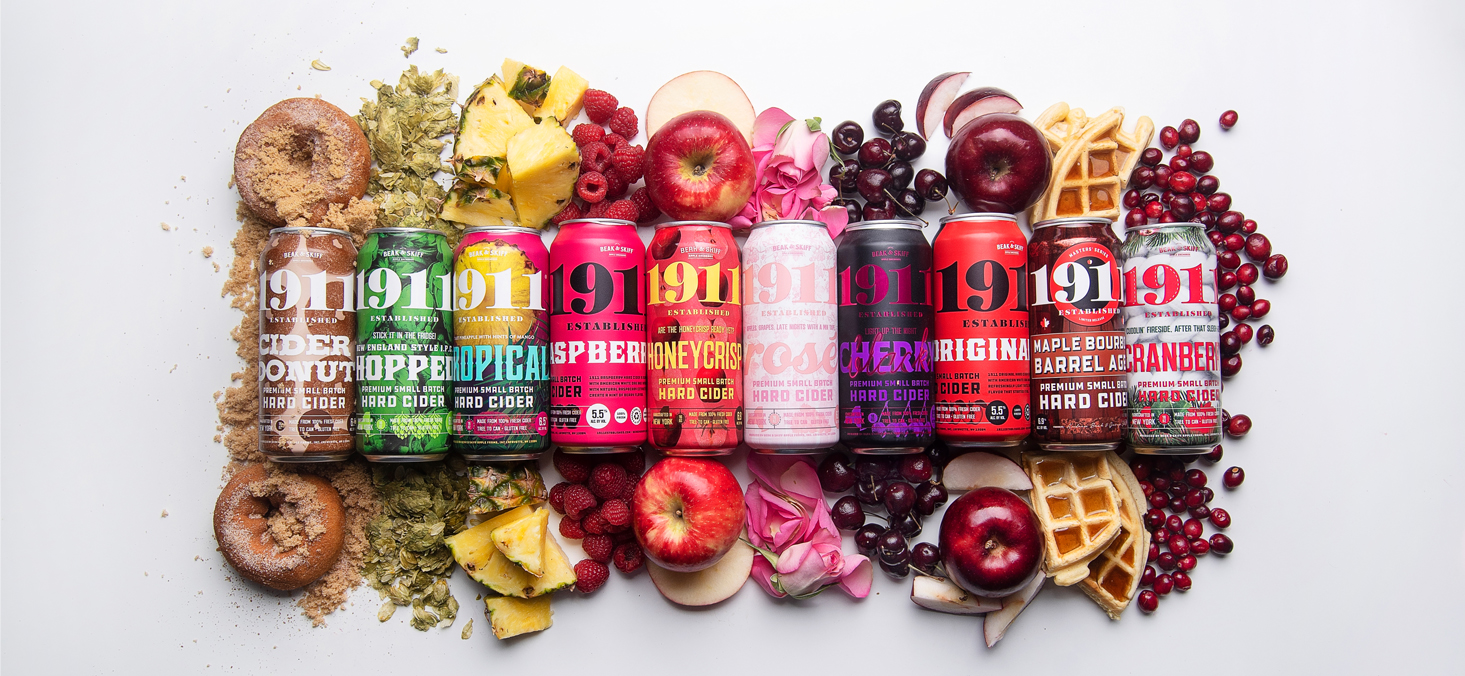DRY CIDER JANUARY: CAN LOW SUGAR AND FRUIT SWEETENERS COEXIST?

We're all familiar with Dry January: a month where many New Year's resolutions kick off with a boot to alcohol (at least until February). But in recent years, the American Cider Association (ACA) started promoting Dry Cider January: a celebration to explore the dry side of cider.
Technically, the ACA uses the term "dry" to describe any alcoholic ciders with 0g of residual sugar. Cideries nationwide reference a sliding scale from dry to semi-sweet and sweet. We've seen ciders with sugar content as high as 33g per serving and as modest as 1-10g per serving.
Even when your sugar content is low, it's possible to keep the flavor punch of a fruit-forward profile. “The brain has a hard time distinguishing fruity from sweet," according to the ACA's Executive Director, Michelle McGrath. "Many ciders with absolutely no sugar in them can still be fruit-forward."
So if you're a craft beverage brand looking to create lower-sugar beverages with our concentrates, here are a few things to keep in mind:
LESS IS MORE
Because our craft concentrates get a boost from natural flavors and natural sources of color, you might need less than you'd think. A high dosage might be 5% by volume in a finished beverage, but some of our customers like the subtlety of dosing at a fraction of a percent. Either way, the results will be unique to you and your brand.
ADD WATER
While many of our customers blend our concentrates directly into a finished brew, others opt to reconstitute with water first for single strength juice. This approach makes it much easier to control sugar content and create a lighter profile (cider spritzer, anyone?). You can find our reconstitution ratios by finding a flavor on our Pricing Page, clicking "View Product", then scrolling down to the "Usage Guidelines" section.
FERMENT FOR LONGER
The 1911 cider brand managed to create a low-sugar cider seltzer from one simple strategy: they fermented the cider for longer. Instead of back sweetening with our craft blends, you might want to favor co-fermentation. You'll retain some of that fruit flavor, but more of the sugars will be consumed by active yeast.
DISTRACT THE SENSES
Your customers might not mind the lack of sweetness if you can distract their senses with other qualities. Go for a barrel-aged or hopped process, focus on citrus, or try intensifying the color, aroma, or carbonation (within reason).
ASK AROUND
You might be surprised how many of your craft industry comrades are willing to share their approach to low-sugar experiments.
You could try checking cans in alcohol aisles to compare ingredients and nutrition panels, but that's not always easy. Alcohol panel information is increasingly absent or difficult to decode. For example, if the brand lists Raspberries in the ingredients: were those berries whole, juiced, concentrated or a blend? Sometimes asking beverage makers directly is just easier!

CONCLUSION
So can low sugar claims coexist with fruit sweeteners?
The short answer: yes.
The long answer: there are many ways to get there. We're happy to chat about next steps.
Syrah "Sy" Linsley is the manager of Old Orchard's bulk supply program, which primarily serves the craft beverage industry with craft juice concentrates. Her passion for fruit-forward beverage evolved from the three years she spent as a fruitarian (only eating fruit) as well as the few years she worked in product development and fermentation. The highlight of Sy's day is to connect with craft beverage makers, so don't be shy: schedule a "Taproom Chat" or hear back from her through our contact form.

Want Brew Blog posts and bulk program updates emailed to your inbox monthly?
Just create an account with us and you'll be subscribed to our "Best of the Zest" Newsletter.





























